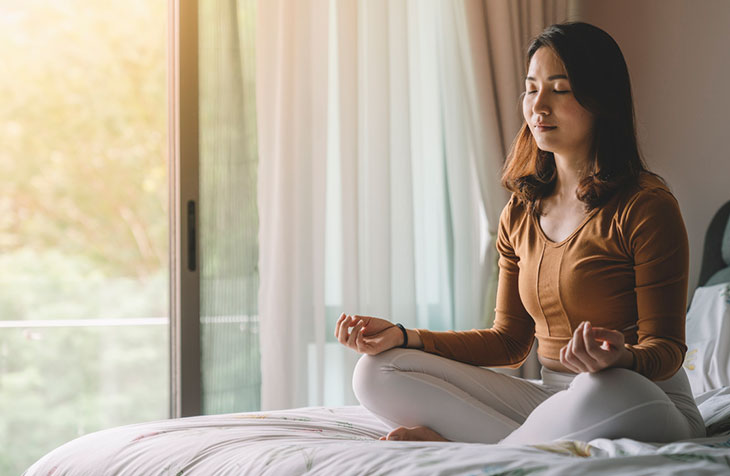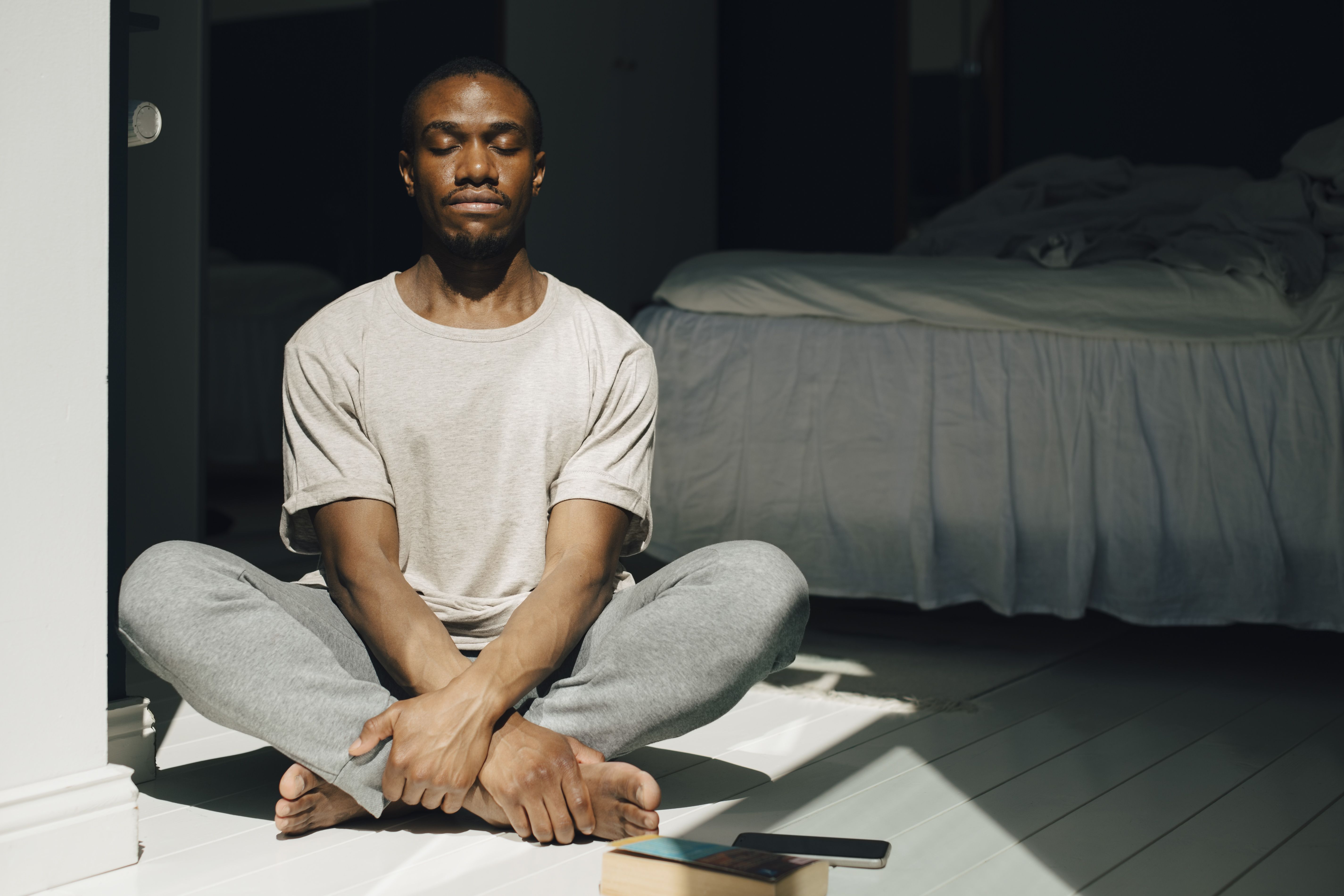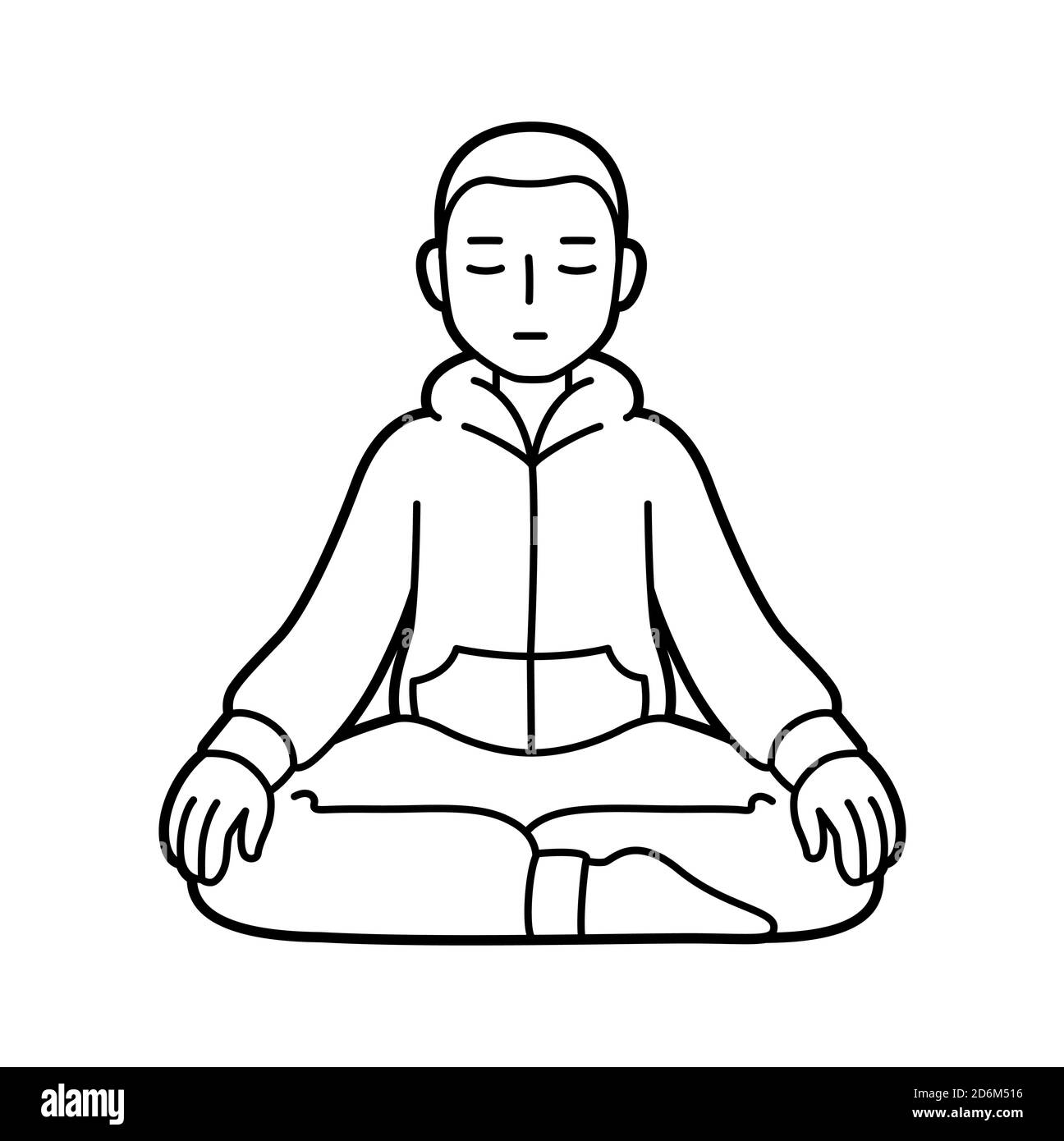Discover Effective Methods on How to Meditate? for Beginners
Exactly How to Meditate: A Step-by-Step Technique to Getting Mindfulness and Calm
Reflection serves as an effective tool for achieving mindfulness and emotional calm in a fast-paced world. By recognizing the basic principles and methods entailed in reflection, individuals can grow a method that enhances their total wellness.
Understanding Meditation
Comprehending reflection includes comprehending its essential concepts and methods, which function as the foundation for the practice. At its core, reflection is a psychological workout focused on advertising relaxation, building interior energy, and creating empathy and understanding. The method urges people to concentrate their attention, frequently via strategies such as deep breathing, visualization, or concept rep.
Meditation can be categorized right into various styles, including mindfulness, transcendental, and loving-kindness reflection, each with distinctive objectives and techniques. Mindfulness meditation stresses present-moment understanding and non-judgmental monitoring of thoughts and feelings, while transcendental reflection involves using specific concepts to transcend ordinary thought processes. Loving-kindness meditation concentrates on creating a mindset of love and compassion towards oneself and others.
Despite the strategy employed, the main goal stays constant: to grow a deeper understanding of the mind and its patterns. This self-awareness cultivates emotional durability, quality of thought, and an extensive sense of calmness (How to meditate?). By recognizing these techniques and principles, individuals prepared for an effective meditation technique that can significantly boost their overall wellness
Getting Ready For Your Method
Before starting your reflection method, it is necessary to create an atmosphere favorable to concentrate and leisure. Make certain that the area is clean and free of mess, as a neat atmosphere can aid get rid of the mind.
Consider the lighting, as all-natural light can enhance your mood and energy. Soft, warm lighting is commonly a lot more relaxing than extreme fluorescent lights. Furthermore, pick a comfy temperature level, making sure that you are neither too hot nor too cool.
Incorporating aspects that promote tranquility can further boost your experience. This may consist of soft pillows or blankets for comfort, as well as soothing scents from crucial oils or incense. It can likewise be beneficial to have actually a timer established for your reflection session to avoid diversions from clock-watching.
Fundamental Meditation Strategies

Another effective technique is additional hints body check meditation. This includes emotionally scanning your body from head to toe, noticing any areas of tension or discomfort and consciously kicking back those muscle mass. This technique promotes a much deeper connection in between your mind and body.

Finally, loving-kindness meditation focuses on growing concern in the direction of yourself and others. Calmly repeat expressions of a good reputation, boosting psychological wellness and interconnectedness. Each of these methods serves as a structure for your reflection journey, enabling you to discover the technique that reverberates ideal with your personal method.
Maintaining Emphasis and Mindfulness

Developing a dedicated meditation room can enhance the ability to maintain mindfulness. A peaceful, minimalist environment decreases diversions, enabling much deeper immersion in the method. Furthermore, setting a time frame can aid handle assumptions; starting with shorter sessions might alleviate the transition into longer practices.
Making use of methods such as body scanning or observing sensations can also reinforce mindfulness. These methods encourage professionals to stay present and involved with their physicality, securing their attention in the moment. Normal practice is essential; the brain constructs durability over time, creating a more powerful capability for emphasis.
Incorporating Reflection Into Daily Life
Incorporating meditation right into daily life can change regular that site activities right into possibilities for mindfulness and self-reflection. By incorporating mindfulness techniques right into common tasks, individuals can grow a greater sense of visibility and serenity amidst the numerous hours of everyday life.
Begin by determining minutes throughout your day where you can stop and practice mindfulness. Even mundane activities like strolling or washing dishes can come to be possibilities for reflection by guiding your focus to the experiences of motion and the sounds bordering you.
In addition, reserving devoted times for meditation can reinforce its practice. Begin with short sessions, progressively enhancing duration as you come to be a lot more comfortable. Use suggestions or signs-- like a certain time of day or a relaxing sound-- to develop consistency.
Inevitably, the objective is to weave mindfulness into the material of life, permitting you to come close to each moment with objective, consequently boosting your total sense of well-being and quality.
Conclusion
In verdict, reliable meditation needs a silent setting, a comfortable setting, and an emphasis on the breath. Regular meditation, also in quick sessions, fosters a much deeper connection to the existing moment, inevitably leading to greater calm and psychological clarity in day-to-day life.
Reflection can be classified right into different styles, including mindfulness, transcendental, and loving-kindness reflection, each with distinctive purposes and techniques. Mindfulness reflection emphasizes present-moment understanding internet and non-judgmental observation of feelings and thoughts, while transcendental reflection includes the use of details rules to go beyond common thought procedures.With your reflection room prepared, it's time to discover numerous basic reflection techniques that can assist grow mindfulness and inner peace.Consistently maintaining focus and mindfulness during reflection can be challenging, especially for those new to the technique.Establishing a specialized reflection room can improve the ability to maintain mindfulness.